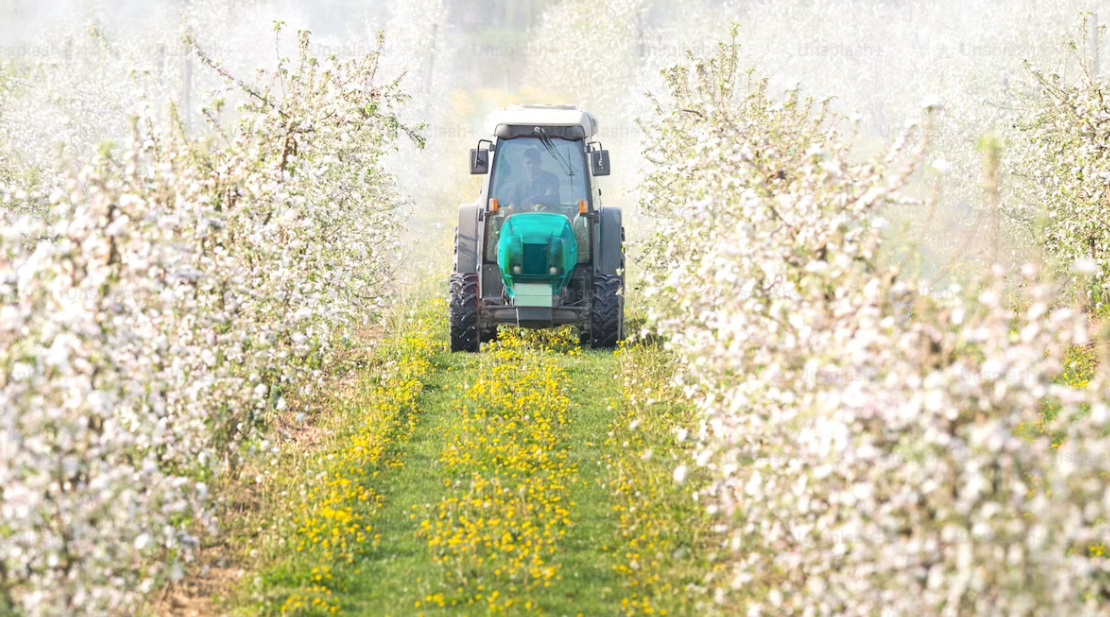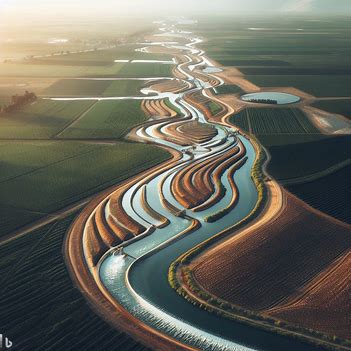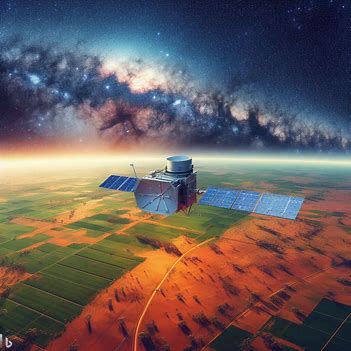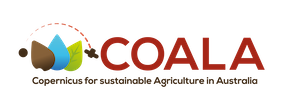Efficient Cotton Irrigation Practices in Australia

Efficient Cotton Irrigation Practices in Australia
- October 17, 2023
- Antonio Gnassi
- Blog
- No Comments
Australia‘s cotton industry has made significant strides in improving water use efficiency. This has been achieved through the implementation of innovative irrigation practices and technologies. In this post, we’ll explore these practices and their impact on sustainable cotton production.

Water use efficiency in Cotton Production
Water use efficiency (WUE) is a term commonly used to describe the relationship between production (bales of cotton) and the water input used to grow the crop. Over the years, Australian cotton growers have improved their WUE by 48% since 1992. The industry’s Whole Farm Irrigation Efficiency has significantly improved and is now 81% compared to 57% in the late 1990s.

Irrigation System Design
There are four irrigation system designs used in the Australian cotton industry, with furrow irrigation being the main one used. Alternative systems can reduce labour costs and allow for more precise water application. However, systems must be designed, installed, and managed correctly to maximise WUE and ensure they meet the water requirements of the crop.
Furrow Irrigation
Over the bank siphon/furrow irrigation is well suited to cracking clay cotton soils. Small changes in management may increase WUE significantly: irrigation flow rates and cut off times should be managed to maximise application efficiency and distribution uniformity.
Centre Pivot Lateral Move (CPLM)
CPLM systems can apply small amounts of water at each application, allowing for more frequent irrigations to meet crop water demand. These systems can reduce labour requirements, but on-going energy costs will be higher than surface systems.
Subsurface Drip (SSD) Irrigation
SSD irrigation systems require a significant capital investment. SSD systems usually operate at lower pressure than other irrigation systems, reducing energy costs.
At this ending point we can say that through innovative irrigation practices and technologies, Australia’s cotton industry has made significant strides in improving water use efficiency. These practices not only contribute to sustainable cotton production but also ensure the profitability of the industry.
For more information:
Water management | CottonInfo. https://cottoninfo.com.au/water-management.
Cotton Australia | Cotton’s water use. https://cottonaustralia.com.au/cottons-water-use.
Cotton crop management – CSIRO. https://www.csiro.au/en/research/plants/crops/Cotton/Crop-management.
Cotton Australia | Water information and resources. https://cottonaustralia.com.au/water.
